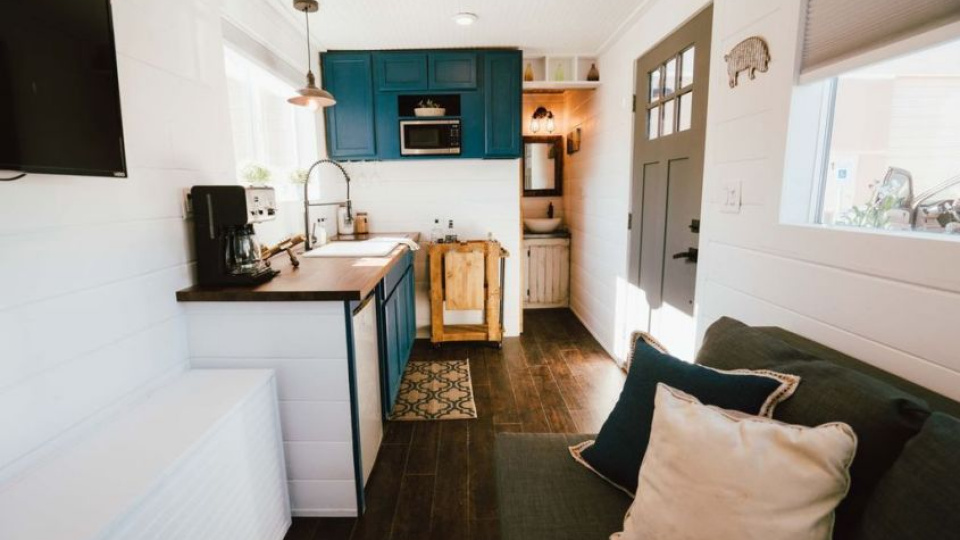Your Guide To Shipping Container Homes
Your Guide To Shipping Container Homes
Tiny houses are all the rage right now, but have you heard of shipping container homes? This 21st-century housing phenomenon seems to be the solution to the current housing affordability crisis, but what does it really entail? Let us break it down for you.
So, what is a shipping container home?
A shipping container home is exactly that; a house that is built with and within a shipping container. While shipping containers are typically used for transporting goods or as storage solutions, in recent years people have begun to transform these rather drab hunks of metal into innovative, affordable, and surprisingly stunning homes.
How are shipping container homes built?
The concept is simple, with shipping containers serving as the framework of the home. Some home builders make do with just one container, but more often multiple containers are needed. Naturally, some of the containers will have to be cut away to form doors and windows. Then, once the shell is complete, the rest of the build is relatively straightforward and conventional, with the addition of plumbing, electrical, flooring, internal walls, etc.
What are the benefits?
From improved construction time to the freedom of personal design and lower ongoing costs, container homes seem like the housing dream come true. Their popularity, however, can be largely attributed to their affordability with second-hand containers starting from less than $2000 per container. The cost of a finished home naturally depends on its design, specifications, and labor costs, varying from around $30,000 to $300,000. Still, that's far less than the national average of approximately $650,000. It's not hard to see why shipping container homes are becoming more and more appealing!
Another benefit often overlooked is their innate transportability. If you are the kind of person who wants the benefits of a permanent home, but enjoys a change of scenery, then a shipping container may be the perfect solution.
Are they sustainable?
You betcha! Over half a million shipping containers are abandoned every year, so if you decide to go second-hand you stand to recycle over 3,500kg per container! By recycling this steel, there is also less need for other building resources like brick and timber. Besides, shipping container homes are incredibly durable and built to last, suffering from far less wear and tear than their traditional counterparts.
Are they fast to build?
While receiving council approval for your shipping container home is not always a simple task, as far as construction is concerned, they are about 30% faster than a conventional build.
What are the downsides?
Naturally, second-hand containers are a cheaper option, but they do come with potential risks. When purchasing a used shipping container, there is no guarantee that it has had a "human-safe" history. Your container may have been used for anything from storing toothbrushes to transporting toxic chemicals. If you want to avoid the risk, the cost of a brand-new container is around $5,000.
Insulation is another big issue. Steel is a great conductor, which means the temperature inside a container is more or less the same as outside. Roasting in summer, freezing in winter - you can see the problem. For this reason, efficient insulation is an absolute must.
Another problem faced by prospective homeowners is difficulty in qualifying for financial loans. Container homes are still perceived as unconventional, meaning that some lenders may see you as a risky investment and so be less inclined to lend their assistance. We recommend speaking to a mortgage broker to understand your financial options fully.
Still, when you weigh the pros against the cons, the benefits of these unique homes are clear to see!



